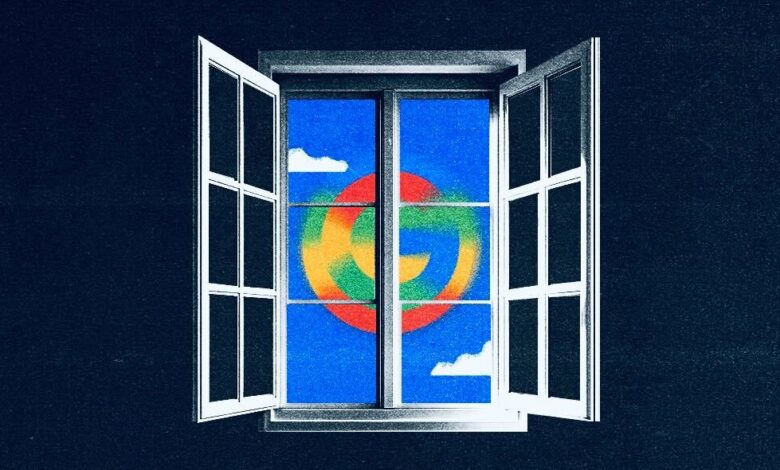DOJ vs. Google: Can the digital media industry learn from the last 15 years?

By Ronan Shields • September 20, 2024 •

Ivy Liu
Lawyers for the Department of Justice are preparing to close their case in the ongoing Google trial, which could potentially result in a breakup of its $307 billion per year online ad empire. Meanwhile, Google’s defense team attempts to seize the narrative next week.
However, before the trial enters its final furlong, it’s worth appraising what was revealed in the last two weeks when almost 30 witnesses took to the stand, and thousands of documents were admitted into evidence.
The appetite of Google’s critics has been wetted as multiple disclosures would (seemingly) support the notion that at a corporate level, Alphabet-owned Google has been operating a trifecta of overlapping monopolies: ad exchanges (supported by its ad server), ad networks, and search.
Multiple items of evidence were entered into the public domain — doubtless, some of them caused uneasy moments in the Google boardroom — in the trial’s opening period. Earlier this week, big-name Google/DoubleClick executives, including Neal Mohan (now the CEO of YouTube) and Scott Spencer, with the 2013 acquisition of AdMeld, were notable in such discussions.
For example, in one email Mohan was noted to have opined whether or not it was easier to acquire competitors and then “park” them, as opposed to building its own — a revelation that’s likely to support the argument that Google proactively sought to block any competition.
Meanwhile, revelations of internal Google chat threads would also seem to support the case that Google sought to “tie” one end of its product suite to its others. This joint resource, hosted by several non-profit organizations in the space, including Check My Ads, features an itemized list of articles of evidence discussed in the case.
However, for some, it’s worth asking how the industry got here and how it can prevent “another Google” from emerging, particularly as new technologies such as generative AI come to the fore?
Industry consultant Alessandro De Zanche says trial lawyers revisiting evidence from as early as 2007 has led many to realize the actual industry dynamics at work and, more specifically, the short-term thinking that led it to this point.
“You think of examples of the butterfly effect,” he says. De Zanche cites how Facebook made assurances not to merge its data sets with those of WhatsApp ahead as it sought approval to purchase the messaging service, only to be later fined for doing so.
“Regulators didn’t act [again in the instance of Google breaking similar promises ahead of its purchase of DoubleClick]… that’s allowed the industry to be commoditized,” he adds. “It’s what I call the perpetual cycle of emergency.”
De Zanche also observes how short-term thinking in the publisher sector — Google’s chief victims, per the DOJ’s latest case — meant they also played a role in their downfall, and the same could be leveled at media buyers.
“The original sin was embracing the open programmatic marketplace,” he adds, “this gave the keys of the kingdom away… at that point, the only thing that mattered [to advertisers] was eyeballs, with little concern for context or quality [of the media environment].”
However, De Zanche observes how many such decisions were made under duress and points to notable examples of some attempts to resist the Google juggernaut, such as Axel Springer migrating from its ad server.
Paul Bannister, chief strategy officer at Raptive, joins De Zanche in hoping the industry will learn from the lessons that bubbled to the surface during Google’s ad tech trial.
Raptive launched its own “Keep It Real” campaign, an attempt to raise awareness among content creators and the general public about the realities of AI’s economic impact, both positive and negative, at the advent of such transformational technologies.
“It’s important to learn the lessons from 10 to 12 years ago,” added Bannister, speaking at the New York City launch of the campaign earlier this week, noting how others in the landscape, such as the News Media Alliance, are on the front foot to help educate key policy decision-makers.
https://digiday.com/?p=555966


